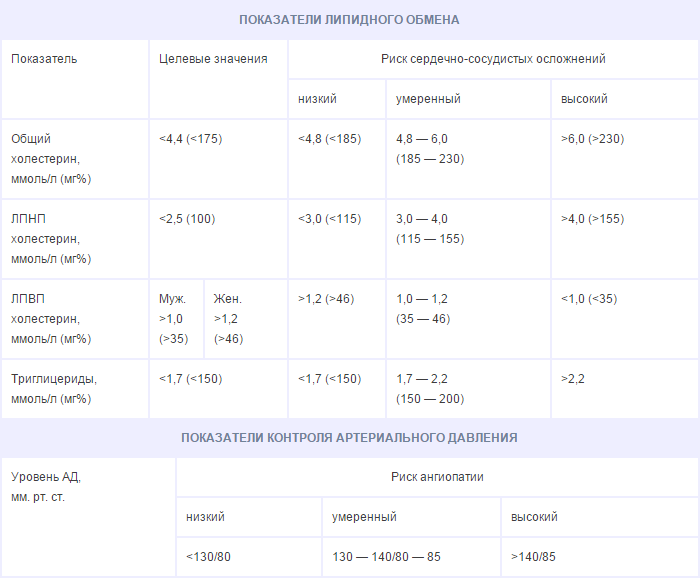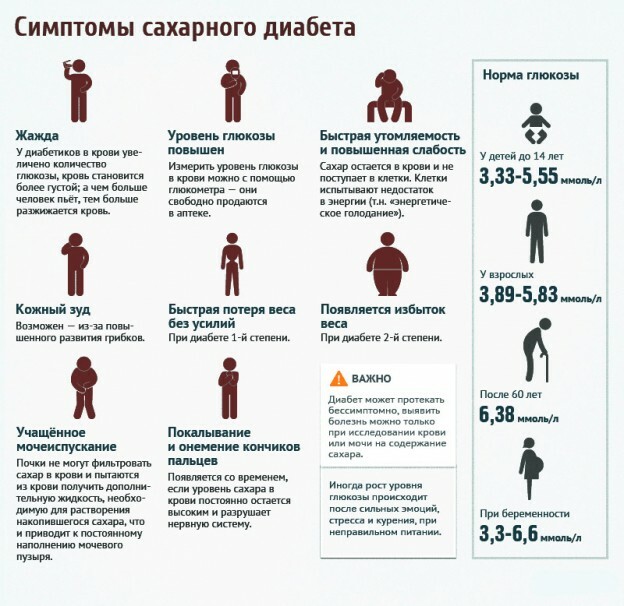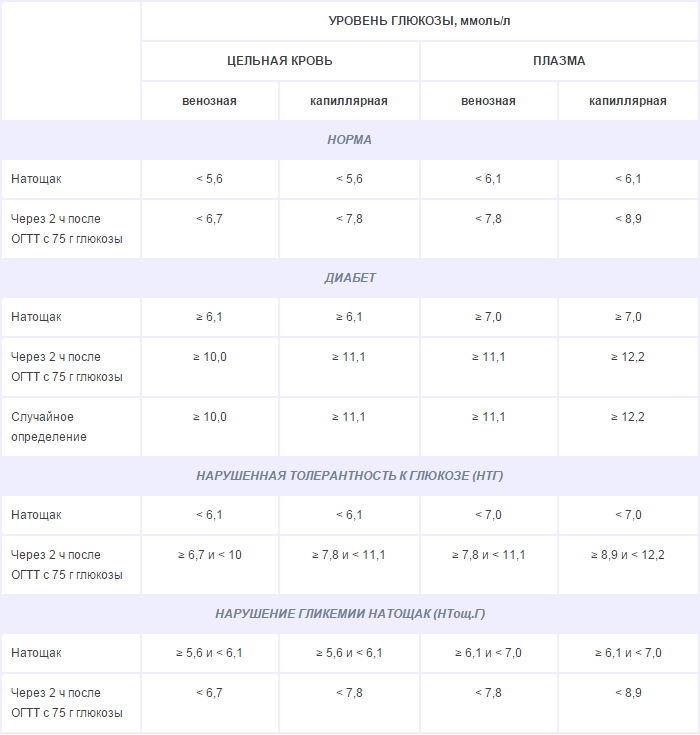Diagnosis and treatment of hypothyroidism
 To begin with, let's briefly describe what is hypothyroidism? Hypothyroidism is an endocrine disease that can be caused by congenital or acquired( for example, after getting trauma or infectious diseases) a decrease in thyroid function. Hypothyroidism can also develop as a result of damage to the pituitary gland, which is involved in the regulation of thyroid function. When the thyroid gland is damaged, there is a decrease in the release of its hormones, thyroxine and triiodothyronine, into the blood, which leads to obvious disturbances in metabolism and energy. Timely diagnosis and treatment in this case is a very important element.
To begin with, let's briefly describe what is hypothyroidism? Hypothyroidism is an endocrine disease that can be caused by congenital or acquired( for example, after getting trauma or infectious diseases) a decrease in thyroid function. Hypothyroidism can also develop as a result of damage to the pituitary gland, which is involved in the regulation of thyroid function. When the thyroid gland is damaged, there is a decrease in the release of its hormones, thyroxine and triiodothyronine, into the blood, which leads to obvious disturbances in metabolism and energy. Timely diagnosis and treatment in this case is a very important element.
Hypothyroidism is expressed by skin swelling, eyelid edema, subcutaneous tissue, an increase in the tongue that even on the its lateral surfaces there are noticeable dents and marks from the teeth, the skin becomes dry, the hair falls out. Patients are noted for fatigue, memory impairment, lethargy, drowsiness, chilliness, fragility of hair and nails, low hoarse voice, lower body temperature, low blood pressure, constipation, dyspnea, which increases even with little physical exertionHeart area and behind the breastbone.
There are also gastrointestinal disorders, which are manifested in a decrease in appetite, nausea, increased gas formation in the intestine, there is a decrease in the tone of the walls of the intestine and biliary tract, which subsequently manifests stagnation of bile and leads to the formation of stones.
For women, hypothyroidism leads to a violation of the menstrual cycle, miscarriages are possible, for men - a decrease in sexual potency. Children with hypothyroidism are lagging behind in mental development, growth is delayed. The degree of decrease in thyroid function affects the severity of the disease.
Diagnosis of hypothyroidism
When diagnosing hypothyroidism, first of all, the diagnosis of the disease is determined by the characteristic clinical manifestations: the appearance of the patient and laboratory tests. Insufficiency of thyroid functions is characterized by a decrease in iodine. Currently, a direct determination of hormones in the blood is possible - a thyroid-stimulating hormone T3( at elevated levels) and thyroxine T4( with elevated levels).Timely diagnosis of hypothyroidism will help to quickly cope with the disease.
The diagnosis is also based on ultrasound( ultrasound), timing of tendon reflexes and electrocardiogram( ECG).Also the doctor can recommend to pass a computer tomography of a thyroid gland for specification of the diagnosis and to appoint a course of treatment.
It may be necessary to make a puncture, which means taking the material of the organ to be examined for diagnostic purposes, in the event that malignant tumors in the thyroid are identified.
Treatment of hypothyroidism.
Treatment of hypothyroidism is based on the use of drugs that are substitutes for thyroid hormones - these are thyroid medications. Also common are preparations L - T 4 "Eutiroks", which do not differ from the human hormone of thyroxine.
The effect of these drugs is already noticeable after the first month of use. Preparations are harmless if used correctly and properly selected. There are no side effects, you can not be afraid of drug dependence and hormonal changes in the body.
It is also possible treatment with diet therapy, with which the body needs to increase the protein content and confine itself to fats and carbohydrates.
Timely diagnosis and treatment of hypothyroidism in children with thyroid hormone drugs can normalize the child's physical development and improve the mental state. Treatment of hypothyroidism in adults contributes to the suspension of further development of the disease and in most cases helps to restore work capacity.
Phytotherapy of treatment of hypothyroidism is also not excluded.
To prepare a recipe you need:
- 1/4 tsp of juniper fruit, 2/3 tsp of buckthorn bark, 2/3 tsp of fruit of cocklebur, 2, 5 teaspoons of yarrow herb;
- in equal parts of the grass: St. John's wort, chamomile flowers, elephant root, hips, root of the middling, fruit of the cocklebur;
- in equal parts of grass: St. John's wort, celandine, hips, licorice root, rhodiola rose root, angelica root, cocklebur fruit;
- in equal parts of the grass: celandine, root of elecampane, fennel fruit, cocklebur fruit, chicory grass, rhodiola rose root;
- in equal parts: a flower of a camomile, a grass of a yarrow, hips, a root of a mordant, a grass of chicory, a root of an angelica, fruit of a cocklebur;
- in equal parts: the root of the leuzea, celandine grass, flax seeds, mother-and-stepmother leaves, horsetail grass, fruit cocklebur;
- in equal parts of the grass: zverroboja, root of elecampane, birch buds, rowan fruit, fruit cocklebur;
- in equal parts: the root of the mordant, licorice root. Flowers of chamomile, hips, celandine grass, angelica root, yarrow herb, birch leaves, mother-and-stepmother leaves, fruit cocklebur;
- in equal parts of the grass: St. John's wort, chamomile flowers, dog rose, cilantro, chicory grass, dandelion root, cowberry leaves, dill fruits, cocklebur fruit.
When preparing fees, it is necessary: grind the collection of herbs and pour 2 tablespoons of boiling water, boil over low heat for 10 minutes in a closed pan, then drain the infusion into the thermos and insist the night. Take 30 minutes before meals during the day for 100-150 ml. The course of treatment is 3-4 months. At the end of the cycle, change the collection and continue treatment.
It should be noted that treatment for hypothyroidism should be continuous and not stop. With prolonged and regular treatment with phytotherapy in 2-3 weeks, the effect is noticeable. Such phytotherapy is applicable in combination with other medicines.
But it should be remembered that it is dangerous to deal with self-medication and before receiving both medications, as well as traditional medicine, it is necessary to get medical advice.



